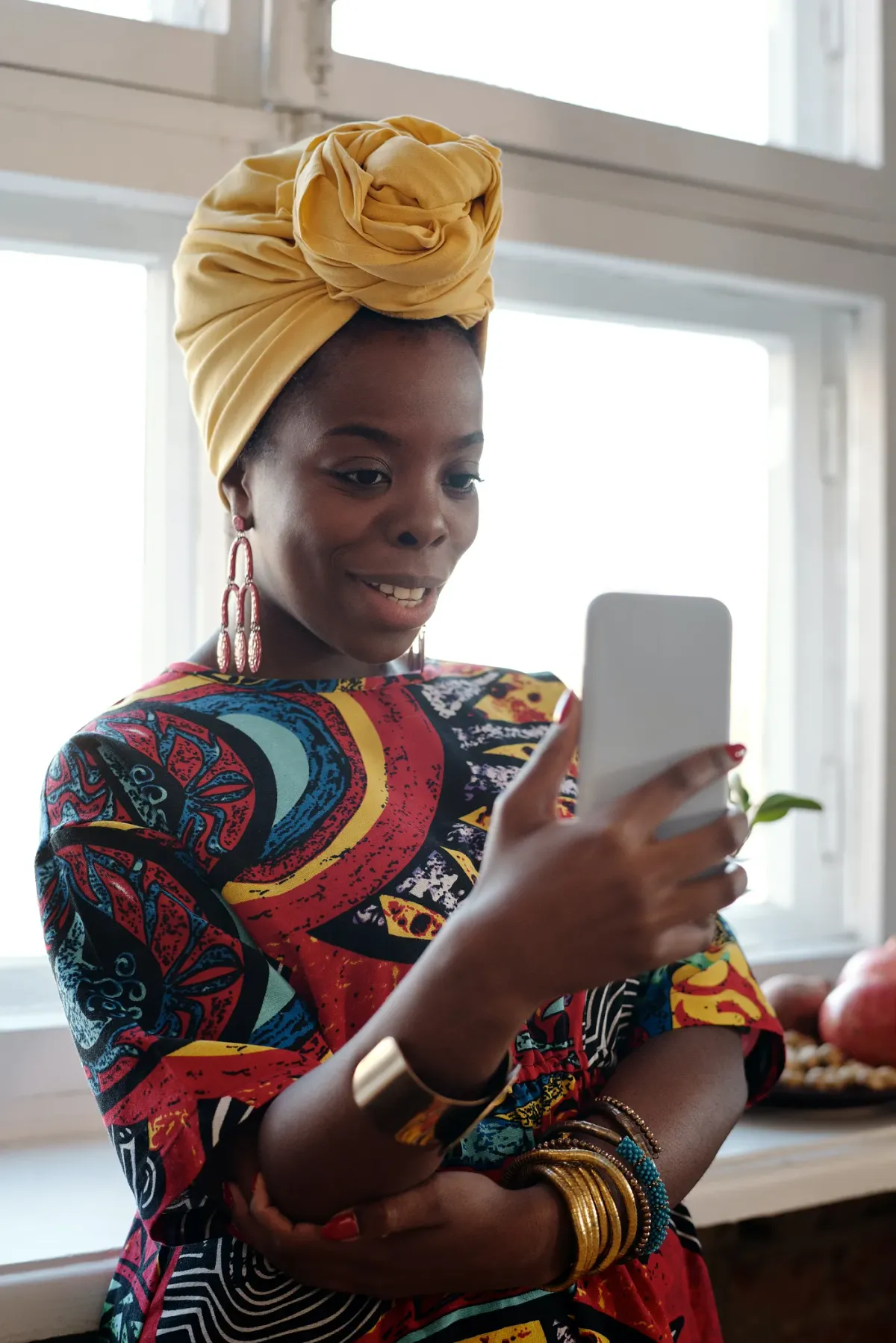Digital Networking

The picture of networking would be a group of people, huddled together, drink in hand, and in deep conversation. We have all seen this at conferences and events with everyone ‘working the room’. It’s an important part of how we go about our lives and conduct business. People pay a lot of money, and commit to favours to enter certain rooms, and sit at prestigious tables. There is great value in meeting people, shaking their hands, talking about your industry, and the infamous business card swap. What happens when the rooms are taken away, and there are no tables or cocktails, and we all have to stay home if we wish to be safe? How does networking change when all you’re left with is poor connection, and someone asking repeatedly if you can see their screen?
When the stay at home and social distancing measures were put in place, we all wondered how we would cope. Close to two years later, we have all the applications, we have learned to always mute ourselves when joining a call, and businesses have moved to home offices and dining tables. Networking too, has changed. We have had to meet clients, sponsors, and even new employees on a screen. The trouble is , we don’t really know people. We know our co-workers and clients; but these people who you may not recognize standing up, we have no idea. Virtual networking is the present and the future, and that ship is sailing fast.
We have learned to read social cues from just one’s face and voice. Previously, you could tell how nervous or excited someone was by how tightly they held their clutch, or how many times they reached for their drink. Now, we listen for tone, and read into eyebrow raises and nodding of heads. Worse still, there are people who are excellent at first impressions. They look and sound right; and we think we have struck gold when we meet them. Their work tells a different tale however. If nothing else, we have learned to trust our business instincts and gut feelings. Hiring managers and recruiters have been forced to go beyond appearances, and well-manicured presentations to find the right people.
In a room full of people, you may not notice the one with a calm and soft voice. They don’t speak over others, and are often rudely interrupted. Virtually, this situation has gotten both better and worse. The first scenario is that you may not want to cut off a speaker; or begin to speak and you’re cut off by someone saying you’re breaking up and can we circle back to you? It is an art form to jump in before presenters move to another slide and worse still when most people on the call have thoughts too. The second and better scenario is that there is room for a calm and soft voice in a virtual meeting. It is much easier to speak when people can’t go on with their own conversations on the side. This has definitely been a turning point for many, and especially those who identify as introverts. The question is whether this works for their good or not.
There are some who would say that working from home is the gift that keeps on giving. From a business perspective, it has shown us more than ever that we don’t need to travel to China every quarter, or move from state to state to make twenty minute pitches. Granted, nothing can quite replace physical human connection, but we have certainly found a way around it. Networking digitally has opened up business to new territories and clients who would have otherwise been impossible to reach so easily. Social enterprises are receiving funding and acquiring sponsors in less tedious ways. They don’t have to factor in travel and accommodation into their already strained budgets only to get rejected on technicalities. If we were a global village before, we are most certainly in a family of sorts now.
Different businesses have experienced digital networking differently. This article only highlights some key takeaways. What has your experience been?
Written by Grace Kinyua.
Rwazi





